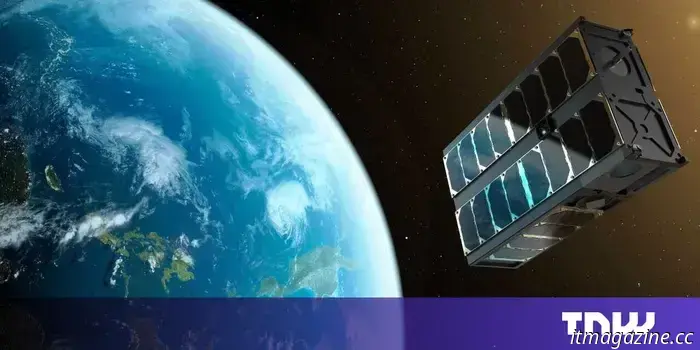
Finland utilizes a new AI satellite to monitor harmful algae from space.
Tech startup Kuva Space is collaborating with the Finnish Environmental Institute (Skye) to assess the condition of Finland's waters using a specialized satellite. The pilot project will utilize Kuva’s hyperspectral sensors, which can analyze a broader spectrum of light compared to conventional sensors. From space, the company's instrument can interpret the spectral signatures of nearly any substance on Earth, including toxic cyanobacteria.
Commonly referred to as blue-green algae, these microscopic organisms thrive in Finland’s lakes and seas during the summer months. When they occur in large numbers, they can pose risks that are harmful or even fatal to humans and other animals.
Nonetheless, cyanobacteria cannot be visually differentiated from other benign algal blooms. Currently, the most precise method for monitoring them involves taking water samples, which is both time-consuming and costly.
Kuva and Skye are investigating a potentially superior alternative. The partners are training AI models using hyperspectral satellite images, alongside water samples and findings from biochemical and genetic studies.
Over time, the algorithms are anticipated to enhance their accuracy in detecting cyanobacteria and understanding the factors contributing to their proliferation.
“We’re thrilled about this pilot with Kuva Space because instead of merely identifying the presence of algae, we can leverage Kuva’s hyperspectral technology and AI to examine the spectral range further, enabling us to identify the specific algae species present and evaluate their biomass,” stated Jenni Attila, leading researcher and group manager at Skye.
Kuva launched its inaugural satellite, Hyperfield-1A, in August 2024. By 2030, the startup aims to have 100 satellites in orbit. These probes will analyze the chemical compositions of both natural and artificial materials from space.
Beyond identifying harmful algal blooms, the technology can be adjusted in orbit for several other applications. For instance, the agricultural sector can optimize the sensors to monitor crops. Defence ministries can utilize the data for surveillance purposes. Industrial sites can use the imagery for detecting chemical leaks. In marine environments, the technology can be employed to monitor aquatic species, assess water quality, and track illegal fishing activities.
Other articles
Finland utilizes a new AI satellite to monitor harmful algae from space.
From space, the Kuva's probe is able to detect the spectral signatures of nearly any substance on Earth, including harmful algae.
